The SQuID (Statistical Quantification of Individual Differences*1) statistical workshop took place this March at Hokkaido University in Japan (Shinichi is a member of the SQuID team. He and my PhD supervisor decided to hold the workshop here). I had only attended workshops and seminars as a student before, but this time, I also prepared this workshop as a local staff member for around six months, with Shinichi.
The lectures were amazing. The course began with the basic linear model, but on the last day, we had the chance to conduct a simulation on our data using the squidSim package in R. Through the workshop, I became more familiar with how linear mixed models work and what insights they can provide about my research. In addition, I learned that simulations help understand the models better and are useful for planning data collection and analysis. The participants had diverse research backgrounds and countries of origin, so the conversation during break time was also exciting.
Watching participants enjoying coding and interacting with others made me feel all my work had paid off. I had predicted that some accidents might happen, but everything went smoothly. Even though preparing the workshop took up a lot of time*2, it was definitely a valuable experience for me.
To conclude, I would like to share four small tips for people (like me) organising workshops or seminars for the first time. These are all general points but essential:
- Early preparation is key. Most tasks often take longer than expected.
- Communication is essential. Do not be afraid to check with the person you are working with, even if it is small. This can prevent irreversible mistakes.
- Put yourself in your participants’ shoes. What may seem obvious to you might not be as clear to them.
- Prepare plenty of drinks and snacks (both sweet and savoury tastes). While this tip may seem somewhat unrelated, it significantly contributes to the workshop's success by keeping participants focused and motivated (hunger or thirst can greatly affect these).
----------------
*1 Please check this link for detailed SQuID info.: https://squidgroup.org/
*2 I had some sleepless nights worrying about whether the workshop would go well.

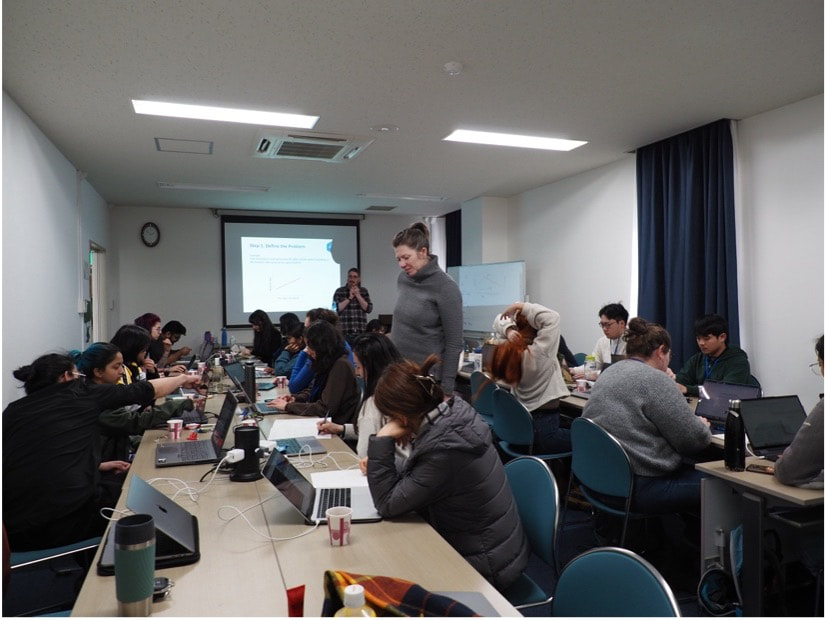
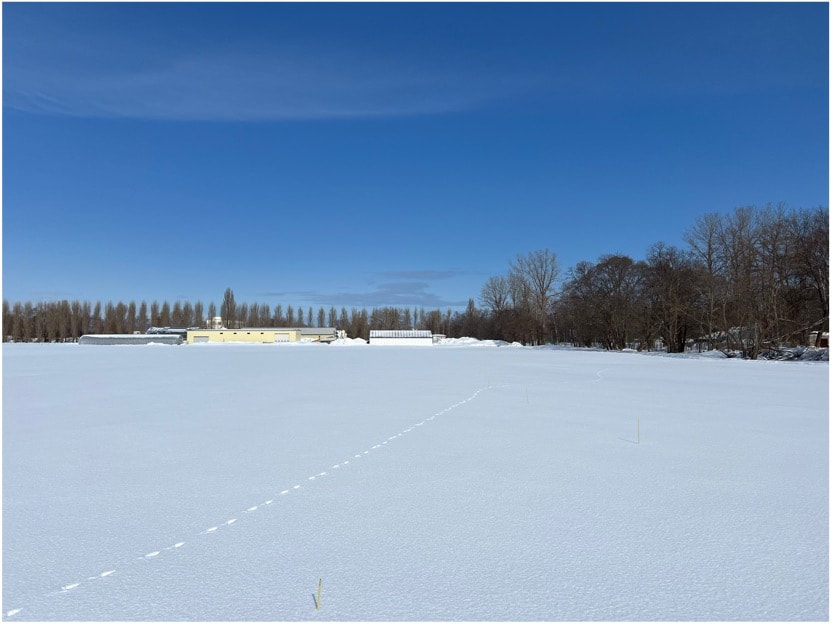
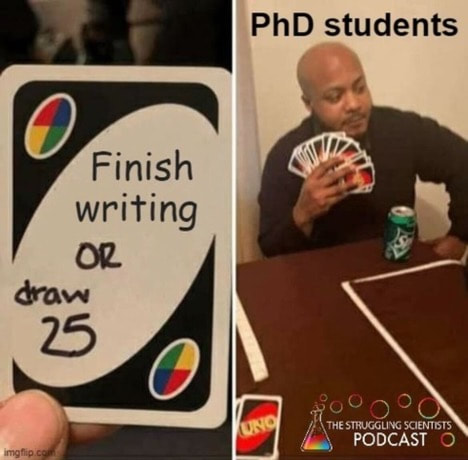


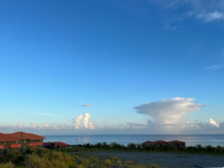
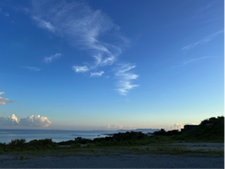
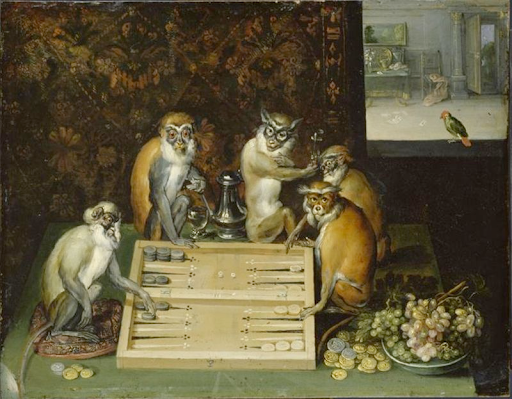
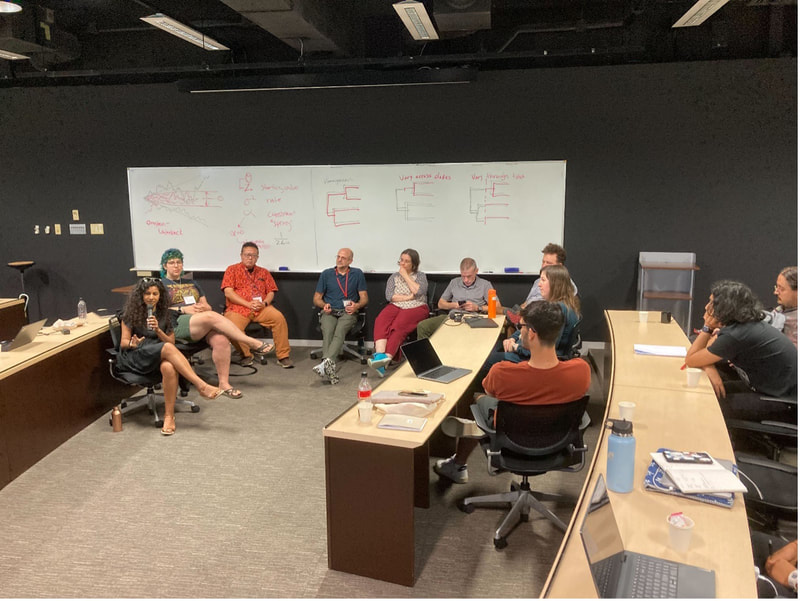
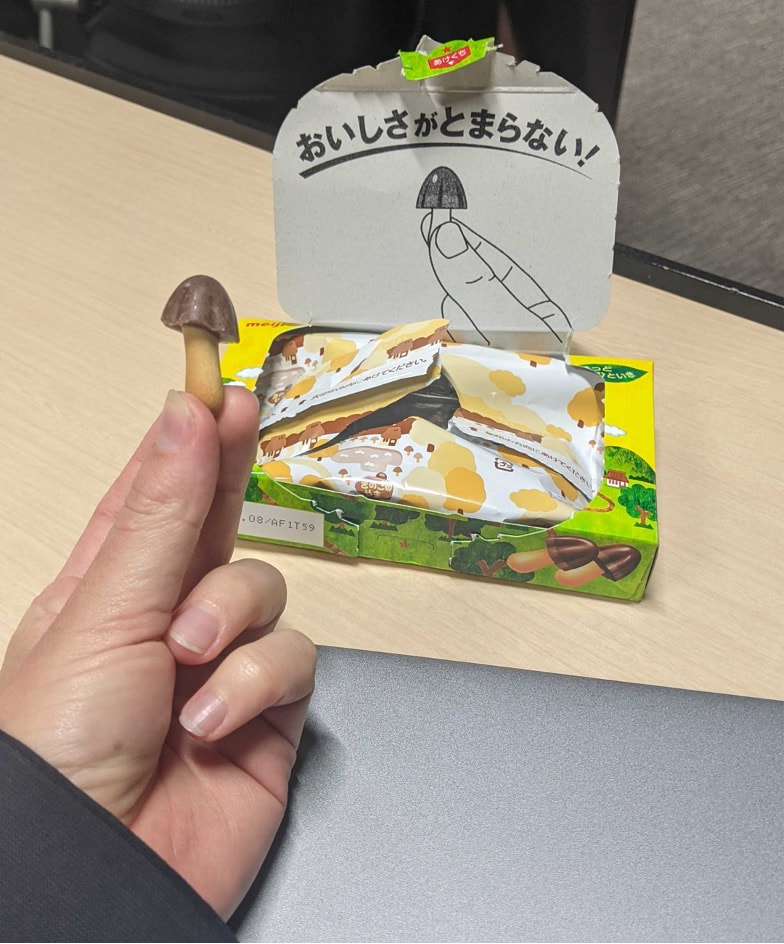
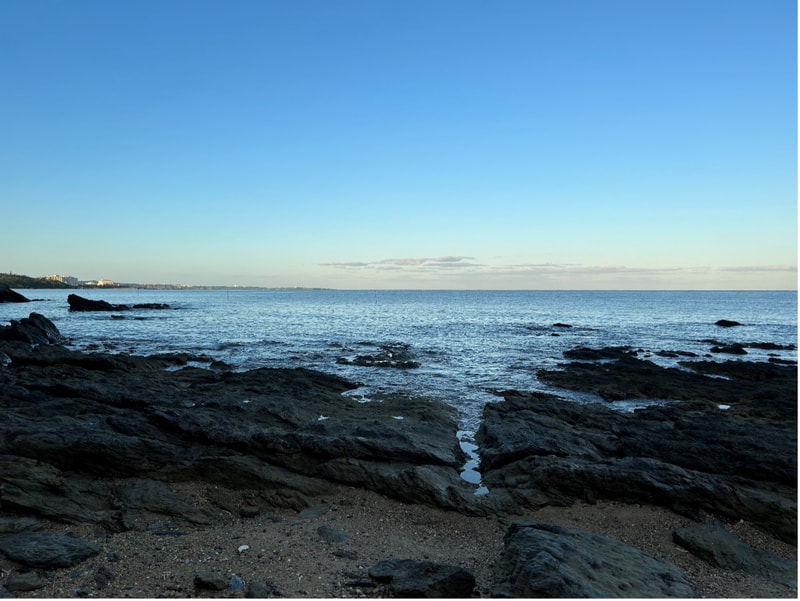
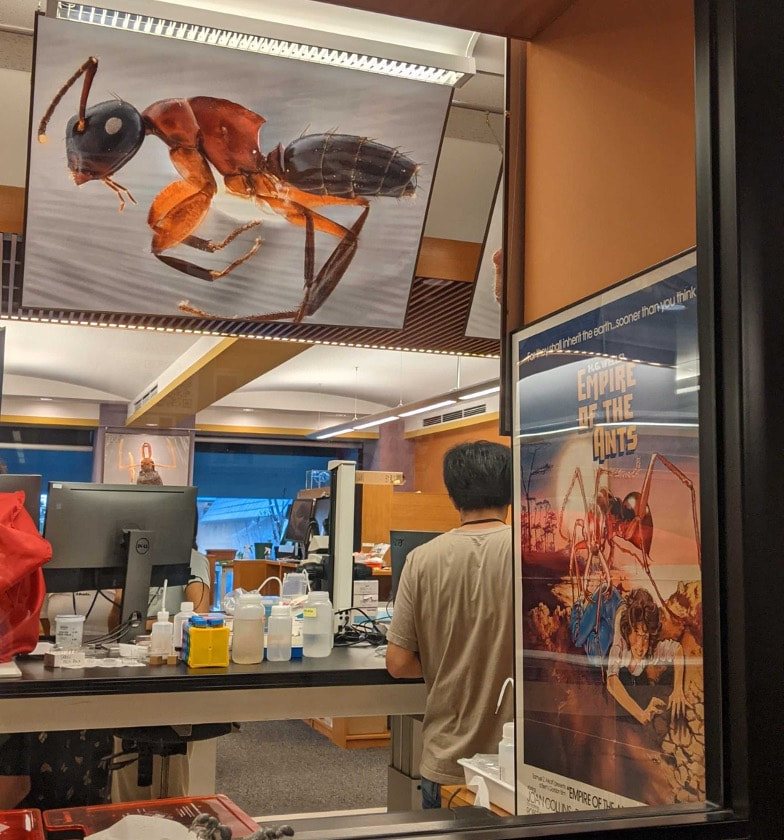
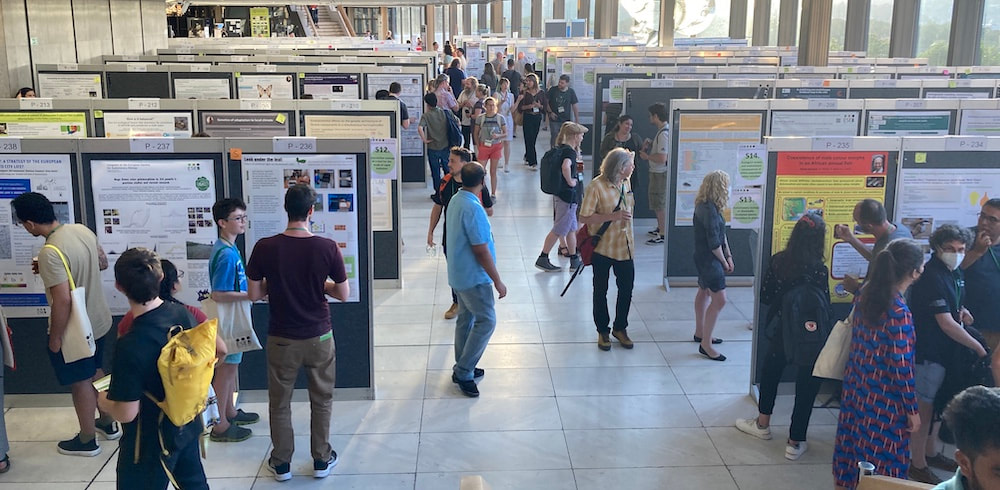

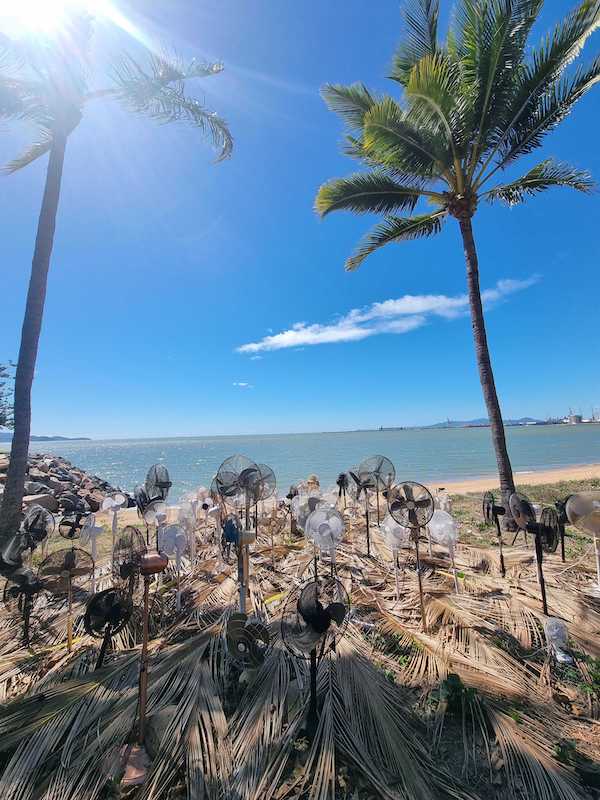


 RSS Feed
RSS Feed